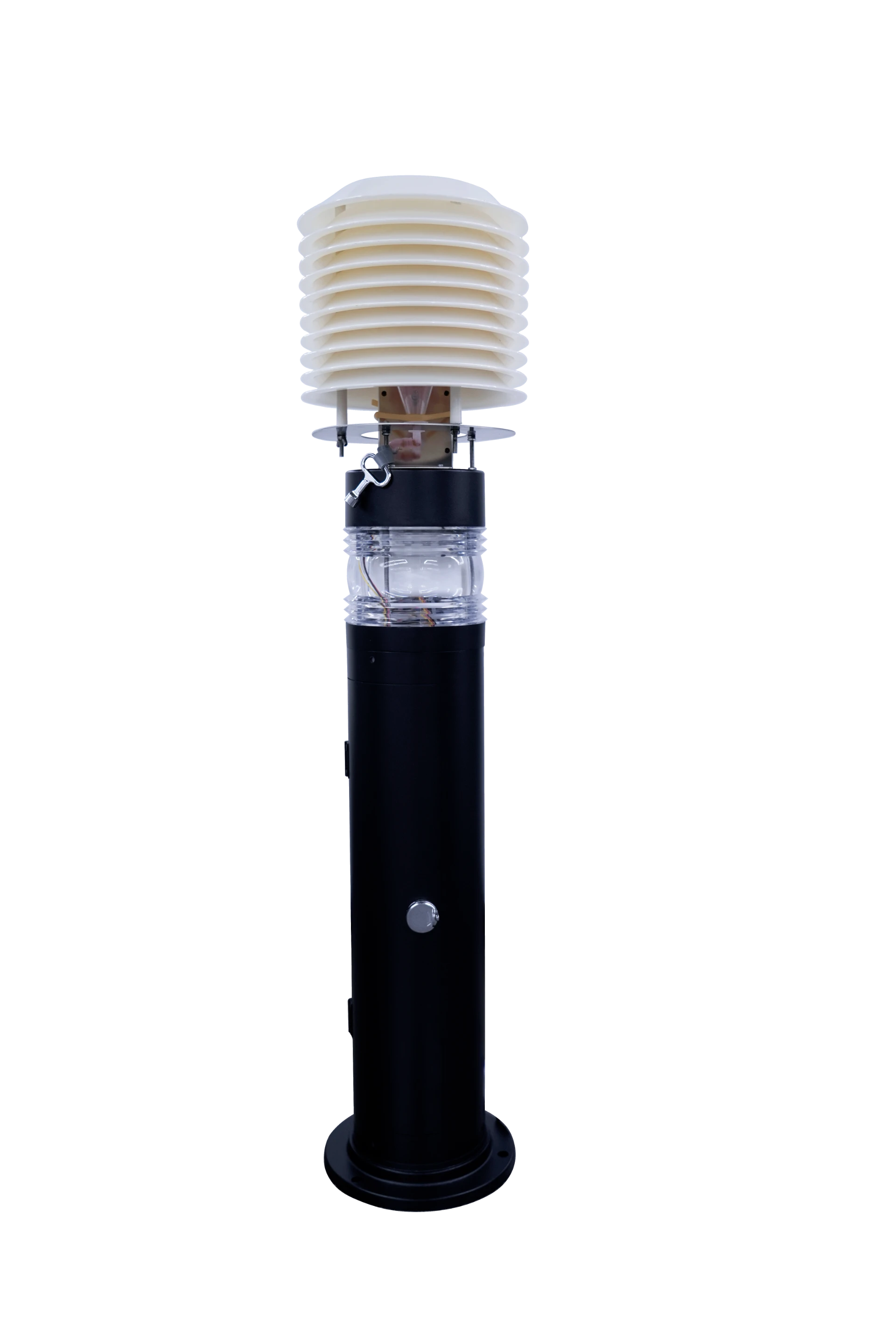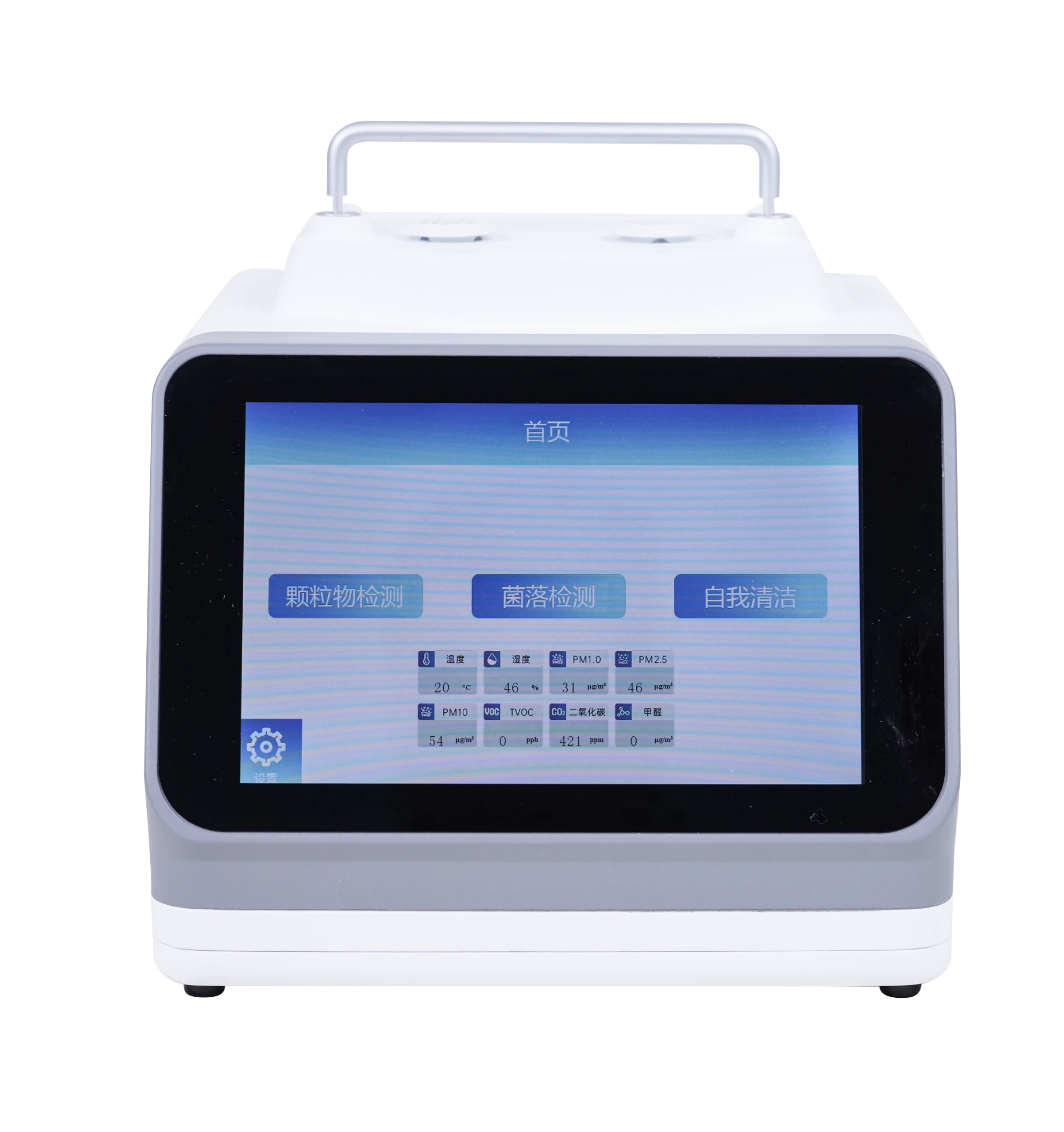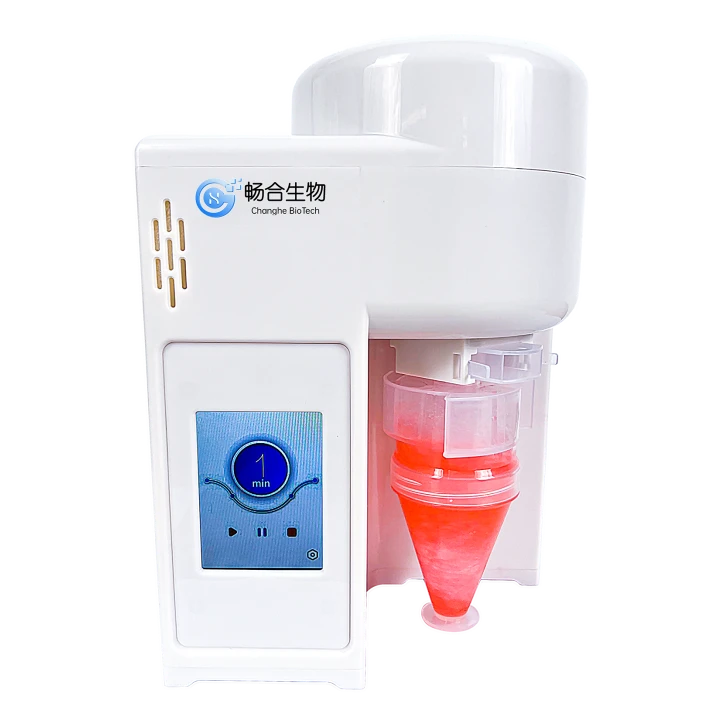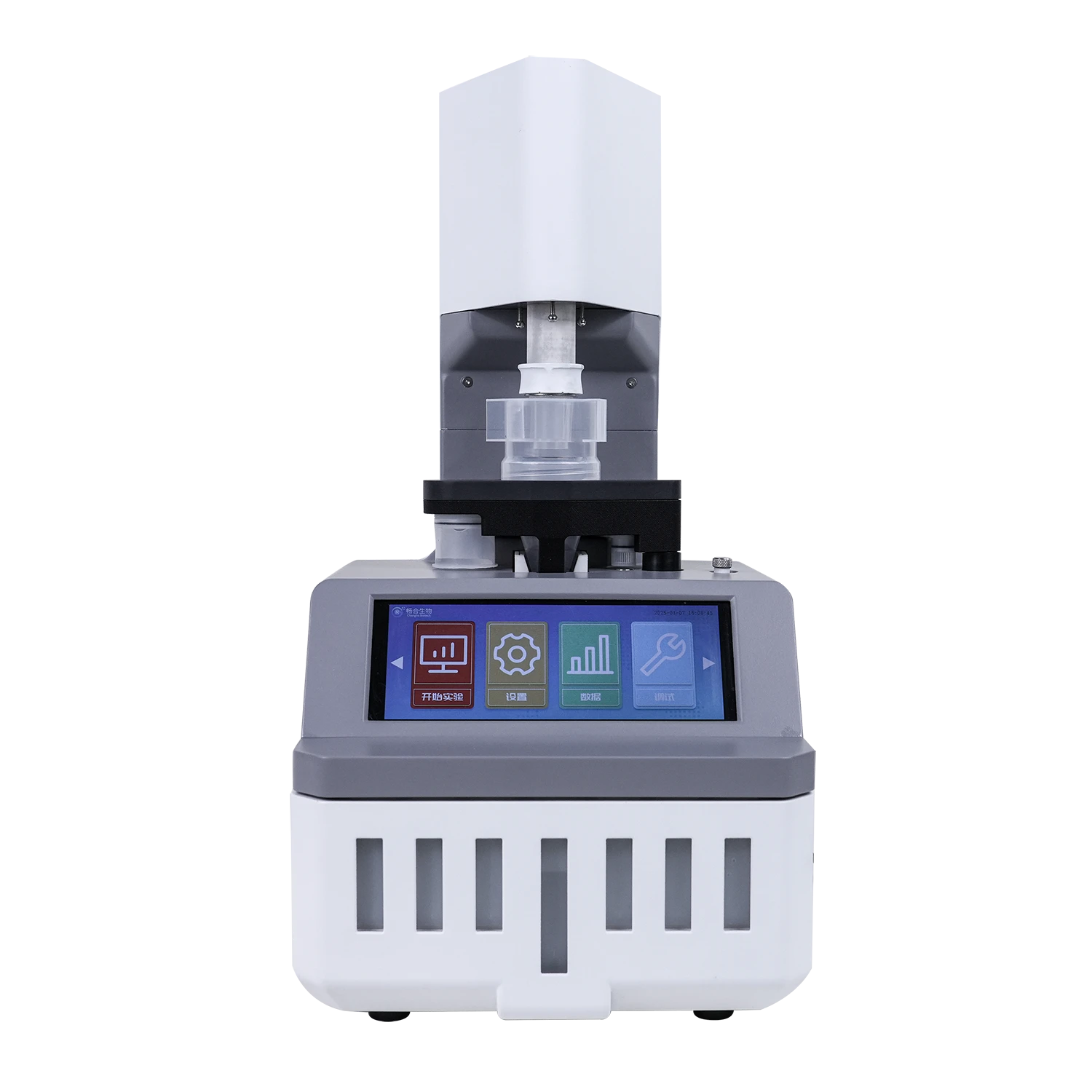
Biological Sampler in Hospital Settings: Tracking Nosocomial Infections
Nosocomial infections, or hospital-acquired infections (HAIs), affect millions globally, leading to prolonged hospital stays, increased healthcare costs, and higher mortality rates. Traditional infection control methods often fall short in detecting environmental reservoirs of pathogens. Enter bioaerosol sampler, biological sampler, and bacteria sampler—advanced tools revolutionizing how hospitals monitor and mitigate HAIs. For healthcare systems operating at scale, strategic deployment of these technologies offers a proactive approach to safeguarding patient safety. This article explores their role in tracking pathogens, challenges in wholesale implementation, and future innovations reshaping hospital hygiene.
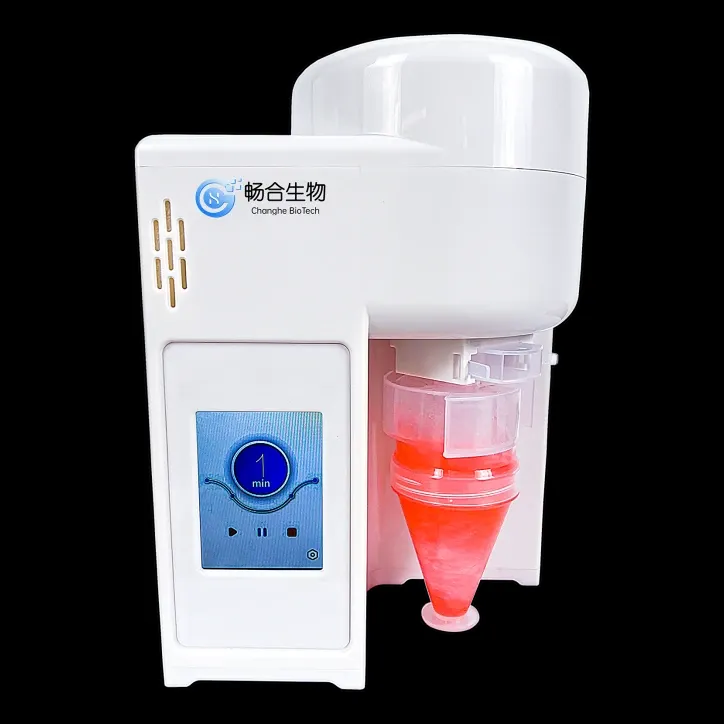
The Critical Role of Bioaerosol Sampler in Hospital Air Quality Monitoring
Airborne pathogens like Staphylococcus aureus, influenza viruses, and Aspergillus spores pose significant risks in hospitals. Bioaerosol sampler are designed to capture and identify these microorganisms, providing real-time data on air quality. Devices like high-volume impactors and electrostatic precipitators are deployed in ICUs, operating theaters, and isolation wards to detect outbreaks before they spread.
For wholesale adoption, hospitals benefit from standardizing bioaerosol sampler models across facilities. Bulk purchasing agreements with manufacturers reduce costs by 20–30%, while centralized data platforms enable cross-facility comparisons. For example, a hospital network in Germany reduced HAI rates by 18% after implementing a fleet of bioaerosol sampler in high-risk areas, demonstrating the scalability of air monitoring solutions.
Biological Sampler: Enhancing Surface and Equipment Surveillance
Surfaces and medical equipment are common vectors for HAIs. Biological sampler, such as contact plates and swab kits, systematically test bed rails, ventilators, and surgical tools for contaminants like MRSA and Clostridioides difficile. Automated systems, like adenosine triphosphate (ATP) bioluminescence scanners, offer rapid feedback on cleaning efficacy, empowering environmental services teams to prioritize high-touch areas.
Wholesale procurement of biological sampler ensures consistency across departments. Pre-negotiated kits with standardized protocols simplify training and reduce human error. A U.S. hospital consortium reported a 25% drop in surface-related HAIs after bulk-purchasing ATP scanners for all member facilities, highlighting the cost-efficiency of scalable solutions.
Bacteria Sampler: Pinpointing Sources of Nosocomial Outbreaks
When outbreaks occur, bacteria sampler are critical for tracing sources. Culture-based samplers and PCR-enabled devices identify pathogens in water systems, HVAC ducts, and even staff uniforms. During a 2022 Pseudomonas aeruginosa outbreak in a Spanish hospital, bacteria sampler linked the contamination to a faulty water valve, enabling targeted remediation.
For large-scale operations, interoperable bacteria sampler that integrate with hospital lab systems streamline workflows. Wholesale partnerships with diagnostic companies allow hospitals to bundle sampling kits with analysis services, reducing turnaround times. This approach is particularly effective for multi-site healthcare providers managing decentralized labs.
By integrating bacteria samplers seamlessly into hospital lab systems, healthcare facilities can automate and optimize their sampling processes. This not only enhances operational efficiency but also ensures consistent and accurate sample collection. Wholesale partnerships further facilitate the integration by offering bundled services that cover both sampling and analysis, minimizing the time required for test results. For healthcare providers operating across multiple sites, this centralized management of decentralized labs fosters a cohesive approach to infection control and patient care.
Advancing Hospital Safety with Next-Gen Biological Sampler Technologies
Emerging innovations are poised to transform infection control. Autonomous bioaerosol sampler with AI-driven pathogen detection can predict outbreak risks by analyzing historical data. Meanwhile, IoT-enabled bacteria sampler transmit results directly to electronic health records (EHRs), enabling real-time interventions.
For wholesalers, investing in future-proof technologies ensures compatibility with evolving healthcare IT infrastructure. Hospitals participating in group purchasing organizations (GPOs) can pilot these advancements at reduced risk, fostering industry-wide adoption.
FAQ: Addressing Key Questions About Bacteria Sampler
What are the most effective bioaerosol sampler for hospital air monitoring?
High-efficiency particulate air (HEPA) impactors and gelatin filter-based bioaerosol sampler are top choices. They balance precision and ease of use, making them ideal for wholesale adoption.
How can hospitals reduce costs when deploying biological sampler at scale?
Bulk purchasing, leasing agreements, and partnerships with diagnostic labs for bundled services lower upfront and operational expenses. Standardizing equipment across facilities further cuts training and maintenance costs.
What challenges arise when integrating bacteria sampler with existing protocols?
Interoperability with lab systems and staff resistance to new workflows are common issues. Choosing modular bacteria sampler and investing in cross-disciplinary training teams mitigate these challenges.
How do biological sampler contribute to long-term infection rate reduction?
Regular environmental monitoring identifies contamination hotspots, enabling proactive cleaning and policy adjustments. Studies show hospitals using biological sampler reduce HAIs by 15–30% annually.
What future technologies will enhance bioaerosol and bacteria sampler in healthcare?
AI-powered predictive analytics, drone-based bioaerosol sampler for large spaces, and CRISPR-based pathogen detection in bacteria sampler are emerging trends. These innovations will drive scalability and precision in wholesale deployments.
For healthcare systems, bioaerosol sampler, biological sampler, and bacteria sampler are not just tools—they are foundational to a proactive infection control strategy. By prioritizing wholesale adoption, hospitals can achieve economies of scale, streamline operations, and ultimately save lives. As technology advances, these systems will become indispensable in the global fight against nosocomial infections.
-
Regulatory Standards for Canine PCR Test in Wholesale MarketsNewsAug.05,2025
-
Portable PCR for Food Safety: Rapid Identification of ContaminantsNewsAug.05,2025
-
Navigating Bio Sampling Challenges in Extreme EnvironmentsNewsAug.05,2025
-
Integrating Distemper PCR Test into Feline Wellness ProgramsNewsAug.05,2025
-
Innovations in Mould Detection DeviceNewsAug.05,2025

